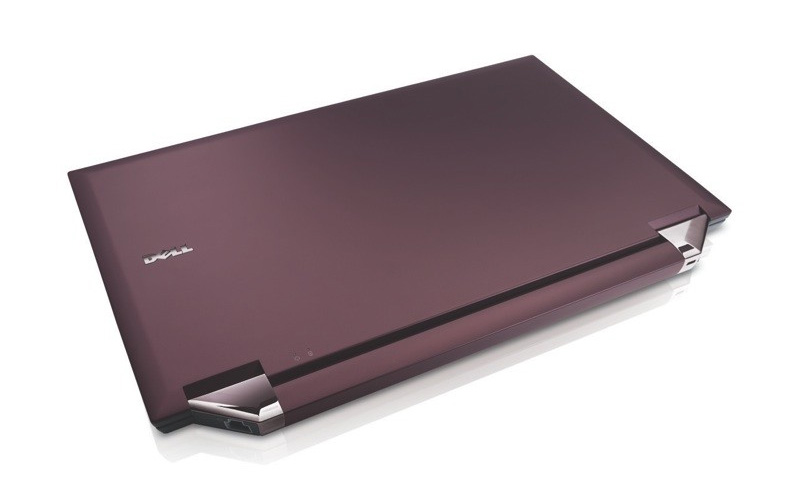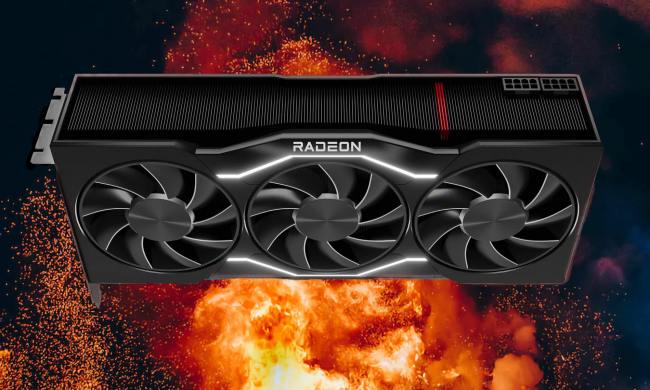
Domain registrar and net infrastructure operator VeriSign announced today that it will raise the fees for registering .com and .net domains by $0.40 beginning October 1, 2008. The fee increases are allowed under Verisign’s agreement with ICANN; under that agreement, Verisign can raise fees for .com domain registration in four of the six years between 2006 and 2012.
The new fees for registering a .com domain will be $6.86; a .net domain will run $4.23. These fees are components of th overall cost to register a domain; various registrars have different fee structures, but will likely pass along the fee increases directly to domain buyers.
VeriSign says continued increased in Internet traffic, the proliferation of consumer-driven Internet services, and the need to further fortify the TLD’s infrastructure against “increasingly sophisticated cyber attacks” are behind the fee increases. The company says it plans to increase the capacity of its overall Internet infrastructure tenfold by 2010, pushing bandwidth at key operation centers around the world to over 200 Gbps and expanding its DNS capacity from being able to handle 400 billion queries a day to over 4 trillion queries a day.


